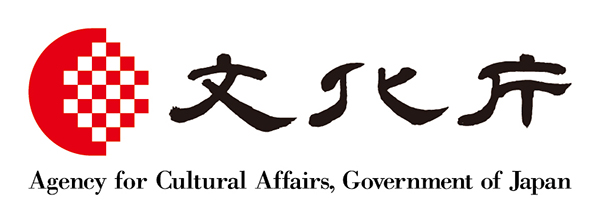Three varieties of armor were common on the battlefields of the thirteenth to early sixteenth centuries. During that time, most battles were fought as skirmishes between mixed forces of cavalry and infantry. The armor worn by these warriors differed by role, but it typically consisted of a cuirass (chest guard), shoulder guards, thigh guards, and helmet, all reinforced with hundreds to thousands of interlaced strips of toughened leather or iron.
Ōyoroi
Ōyoroi armor was worn by high-ranking warriors who fought on horseback using bows and arrows. The armor is designed to accommodate the motion of drawing and firing a bow. The chest guard wrapped around the torso, joining under the right arm, and the resulting weak point was covered by an underarm guard called a waidate. A mounted archer wearing ōyoroi was therefore most protected on the left side, which faced toward the target when firing. Two additional pieces covered gaps at the sternum and upper chest.
Dōmaru
Dōmaru armor was developed as infantry came to play a more central role on the battlefield. The armor was lighter, cheaper, and allowed more freedom of movement. As with ōyoroi armor, the dōmaru chest guard was a single piece that wrapped around the torso and joined under the right arm. But unlike ōyoroi, the armor overlapped, leaving no vulnerable openings. Dōmaru armor also had several hanging sections (called tassets) that provided fuller coverage of the thighs when compared to the four-section design of ōyoroi.
Haramaki
Haramaki armor was even lighter and cheaper to produce than dōmaru, and it became the default armor of low-ranking infantry after its introduction in the early 1300s. Like dōmaru, the haramaki chest guard was a single piece that wrapped around the body, but it tied together at the back rather than below the right arm. This difference is the major distinguishing characteristic of haramaki.

この英語解説文は観光庁の地域観光資源の多言語解説整備支援事業で作成しました。
